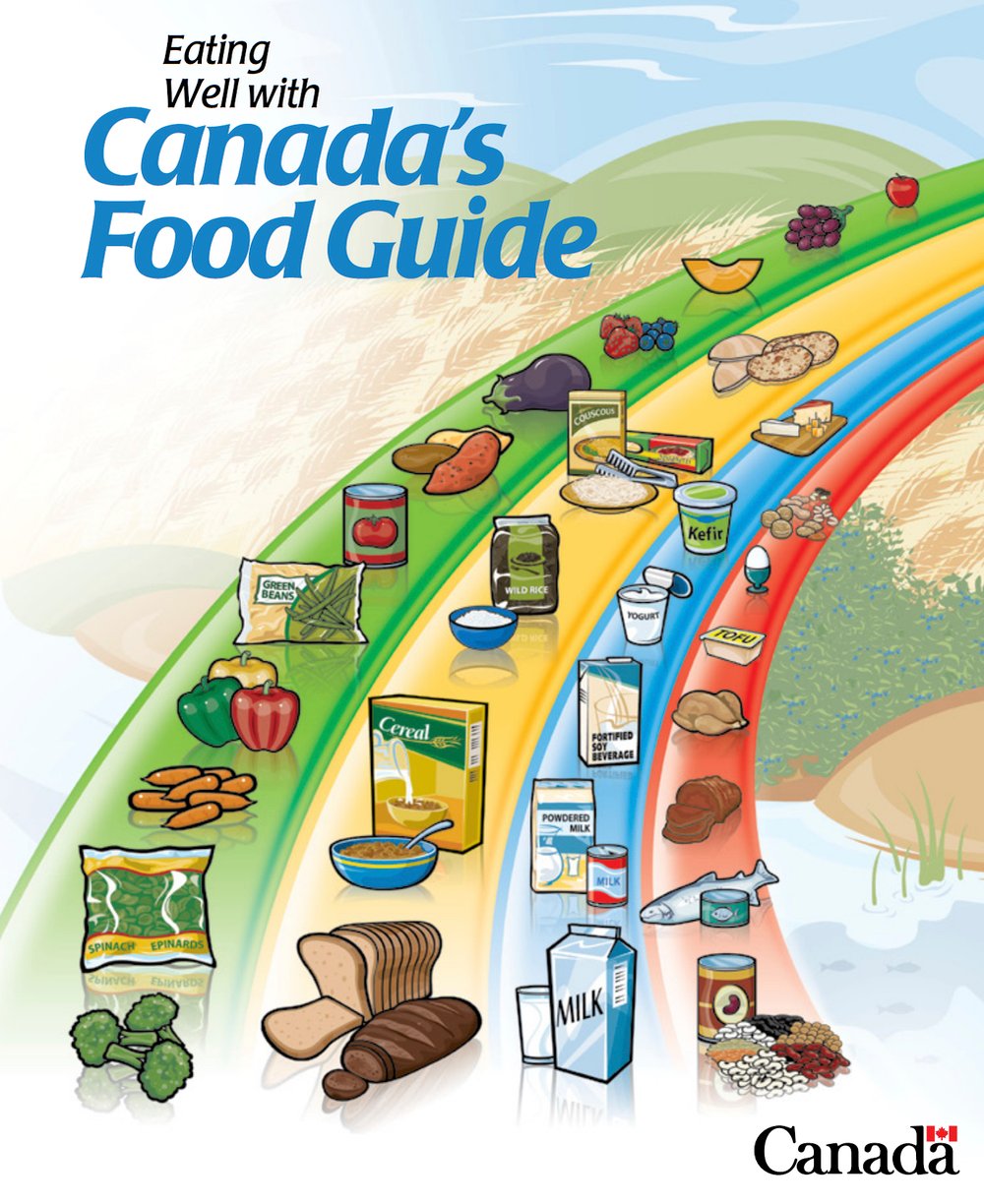Farmers and drug companies have known for decades that feeding antibiotics to livestock makes animals grow bigger and faster. Now researchers say they have the same effect on the growth rates of malnourished children.
New research published in the British Medical Journal concludes antibiotics contribute to better growth rates among undernourished children in low- and middle-income countries.
Researchers analyzed the results of 10 trials involving 4,316 children aged one month to 12 years in seven low- and middle-income countries. The youngsters were generally below the age-standardized average for height and weight, reflecting the spectrum of stunting and wasting malnutrition seen in these countries.
Read Also

Finally getting paid for sustainable farming?
Alberta project says they might have a line on a workable ecosystem credit model to reward farmers for sustainability, and Manitoba might be next
“Overall, antibiotic treatment had a positive effect on both height and weight. The results show that antibiotics increased height by 0.04 cm/month and weight by 23.8 g/month,” a release publicizing the study says.
“The exact reasons for the growth-promoting effects of antibiotics remain unclear,” say the authors, “but may be due to resolving infections and altering gut microbes linked with impaired growth.”
Poor nutrition in early childhood has both short- and long-term health effects and underlies around a third of all deaths in children aged under five years worldwide.
The article says more research is needed to better understand how antibiotic use affects growth in undernourished children. “Antibiotics, however, are not the most viable option for the treatment of malnutrition,” the authors conclude.
While the study’s authors don’t address the rising controversy over the links between overuse of antibiotics and resistant strains of bacteria, an accompanying editorial in the Journal notes “their widespread use does pose problems such as resistance and cost.”
The editorial suggests more research along with a continued focus on known evidence-based nutrition interventions — such as food.















